Outdoor Photography Tips 33 - Chasing the Subject - Or Just Sitting Still?
- davidbozsik
- May 20, 2017
- 3 min read

I am all about the experience of capturing anything that is Natural History related - bugs to beasts, flowers to falls, skies to skinks. just the fact of being outdoors is always compelling to me. When I converse with others, be they photographers or not, conversational theme seems to be centered about the equipment one is using. Good equipment is great. KNOWLEDGE IS BETTER.
I usually find myself alone in the field when targeting wildlife. Not because I am anti-social or because I enjoy the chase or hunt, but it is a time when I can best utilize the knowledge I have gained over the decades to put me in the best place for capturing the wildlife, and this takes time and patience. Here is a disclaimer, folks. It doesn't always work out for me, but the percentage of images I can capture in a brief period of time is much higher that my counterparts as a general rule. Why is that? Because I rely more on the thinking and not my equipment.
Being of the tinkering sort, my mind is conjuring up new and wonderous plans and schemes for wildlife photography all the time. Last week, while out hiking, I spotted a House Wren working the vegetation. It had a full beak of invertebrates that it was carrying. Here is where knowledge is beneficial. Knowing from practical field experience, insectivorous birds will usually eat what they capture when, and where, it is caught. If the bird is not consuming the food right after capture, it is gathering the food for another reason. In this case it was for young in the nest. By observing animal behavior, I was about to make a very good find for capturing images. The nest was not too much farther away. In fact it was not more than 100 yards to the nesting cavity. But finding the nest was the easy part. Quiet observation was the key. The next part was a bit more fun and time consuming.
The adult birds had chosen to locate the nest in a cavity approximately 15 foot above the ground. Not the kind of thing you can just extend the tripod legs to. So I pulled upon the "Do it yourself (DIY)" part of me. The following photo below shows how I was able to take a folding ladder, a telescoping flagpole (from Harbor Freight Tools), and construct a higher platform and monopod to shoot from.
Below (nesting cavity and Shooting tower).

It one evening I constructed a small platform and bracing for one of my ball heads to mount a camera and lens.(see below). I was now able to get closer to the nest, without the need of a super long telephoto either. i had a small piece of camo material ( actually a camo blind from EPGear Kwik Camo II Photography Blind)


It is now important to let you know that disturbing wildlife at the nest can cause the parents to abandon the young. I spend several hours over a period of a few days just standing within view of the nest with the adults present. It may begin with me being only 30 foot away, or it can be as far as 50 yards. It depends upon the sensitivity of the species. I do not, however, stay around a nest while the adults are sitting on eggs with few exceptions (birds nesting outside my front door in a planter as they are use to people passing by all the time). Birds feeding young are less likely to leave their young than a clutch of eggs.
The most beneficial part of this project is illustrated below. The following shots were captured while sitting at this one location for about two hours. It turned out that there was also a nesting pair of Tree Swallows residing on another dead limb approx 12 foot from the wren's nest. In the course of a couple of hours I was able to capture the following images.
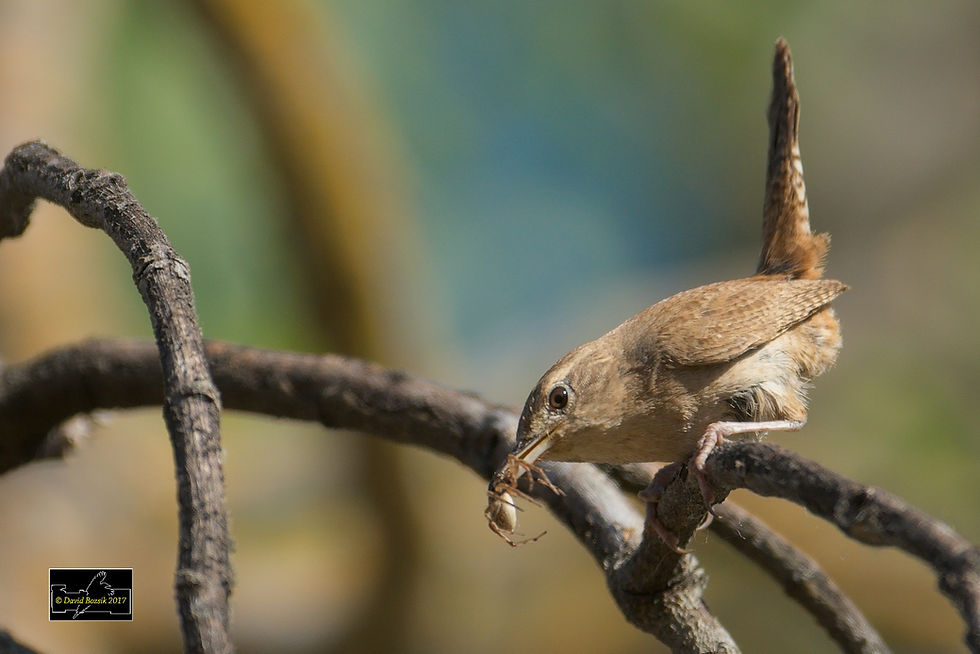
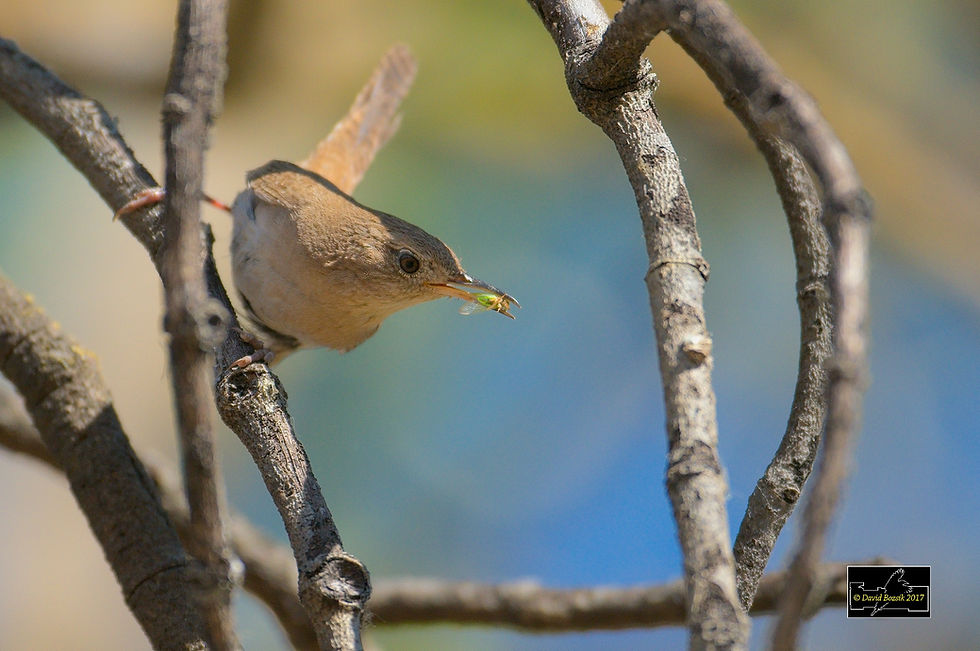
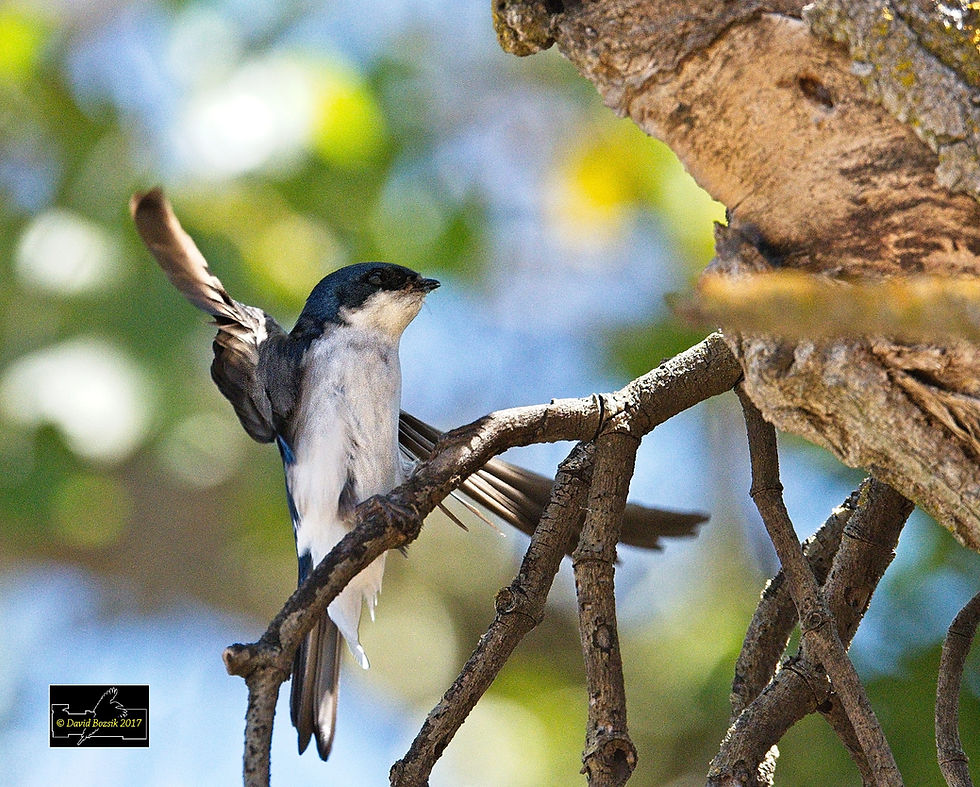
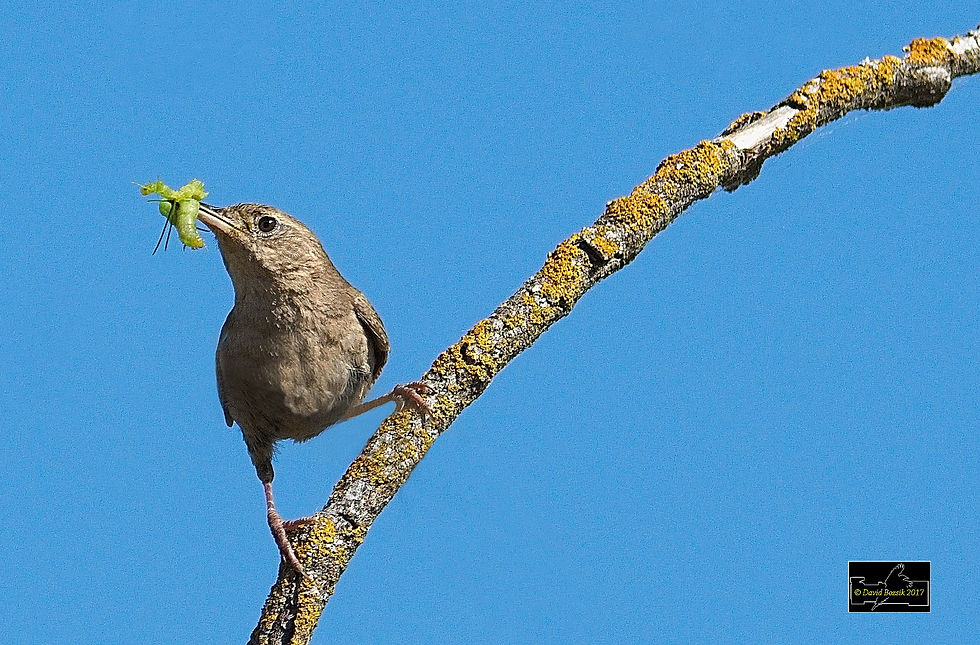
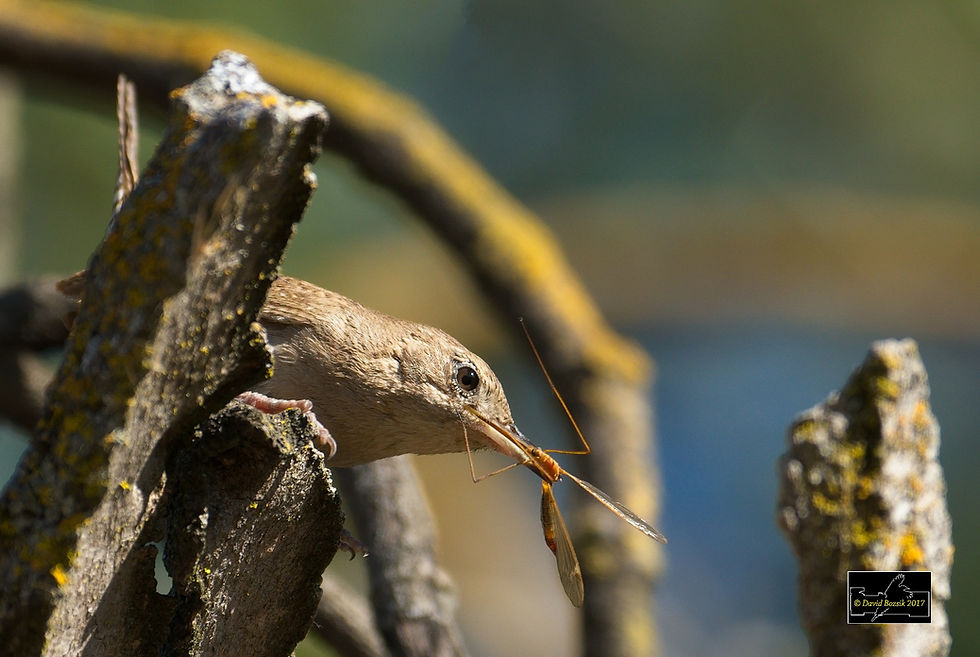
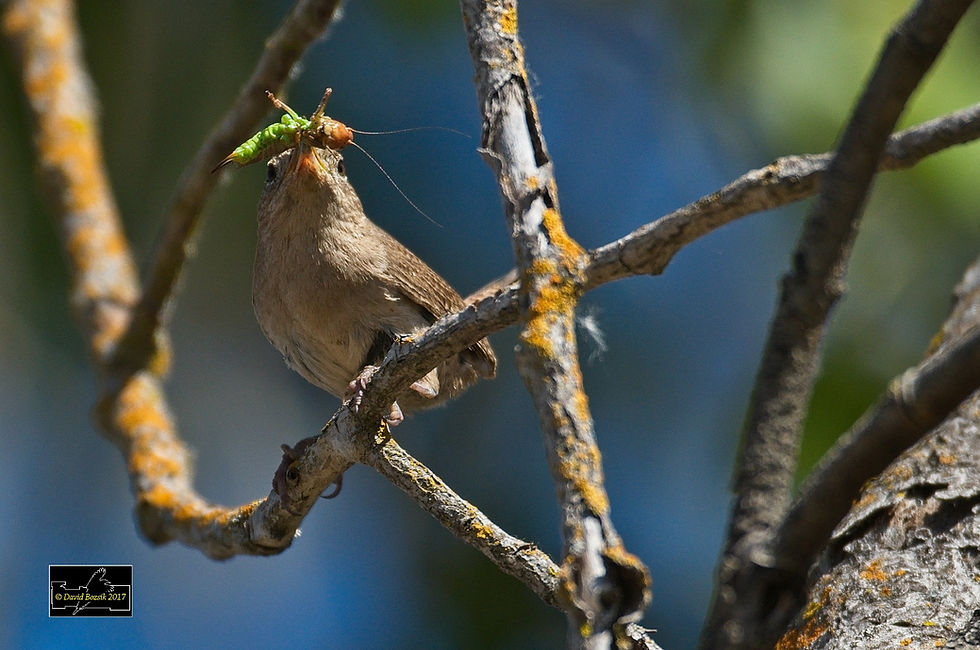
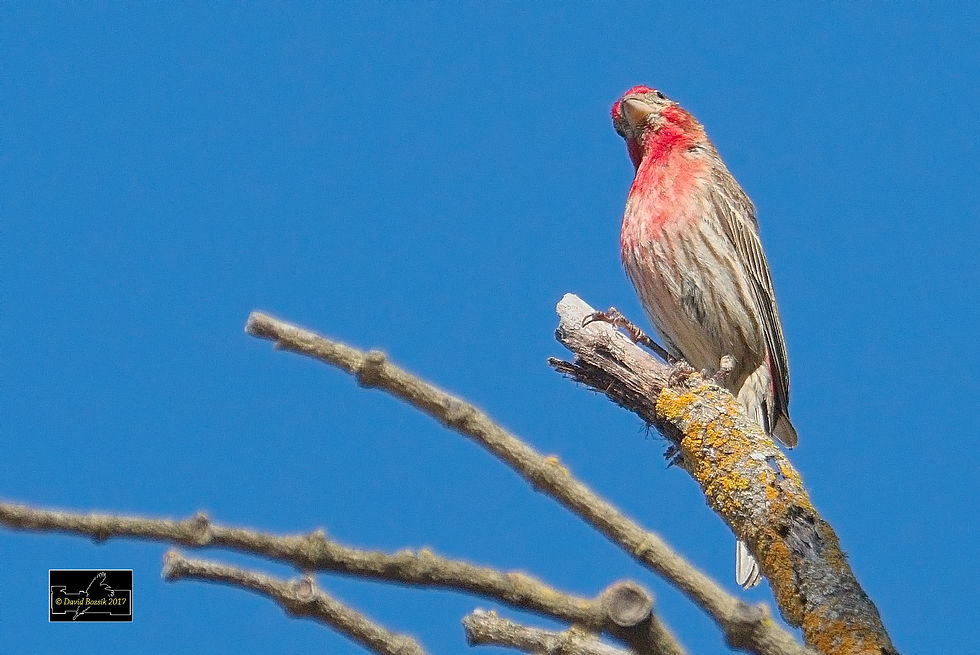
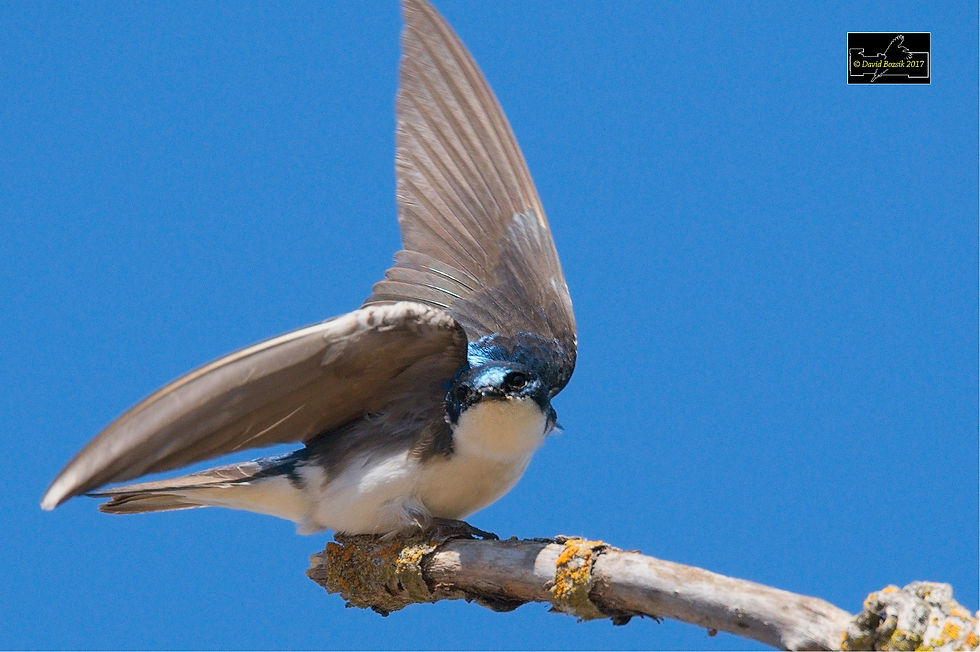

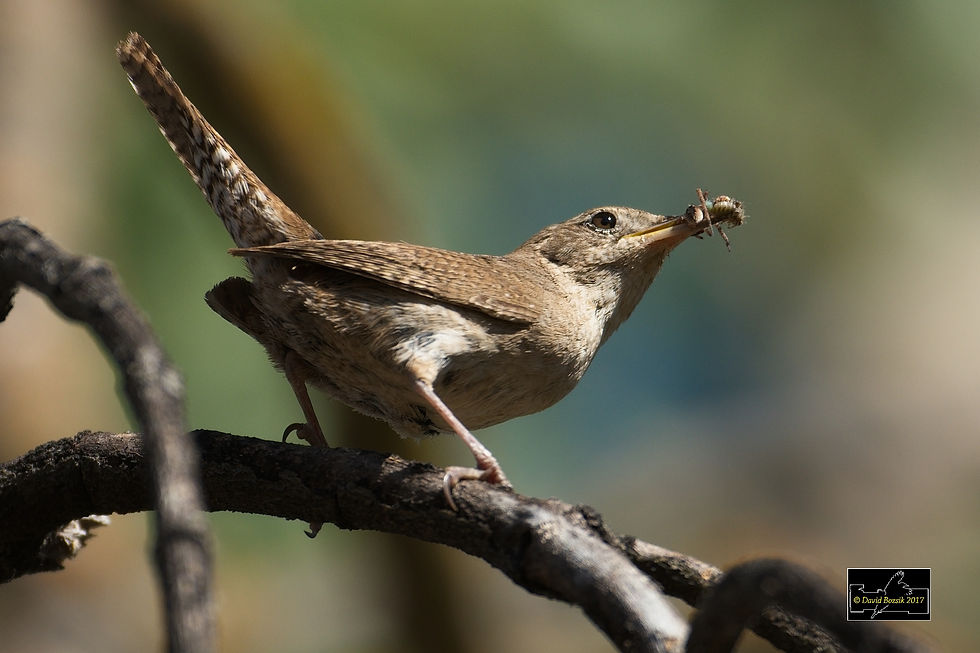
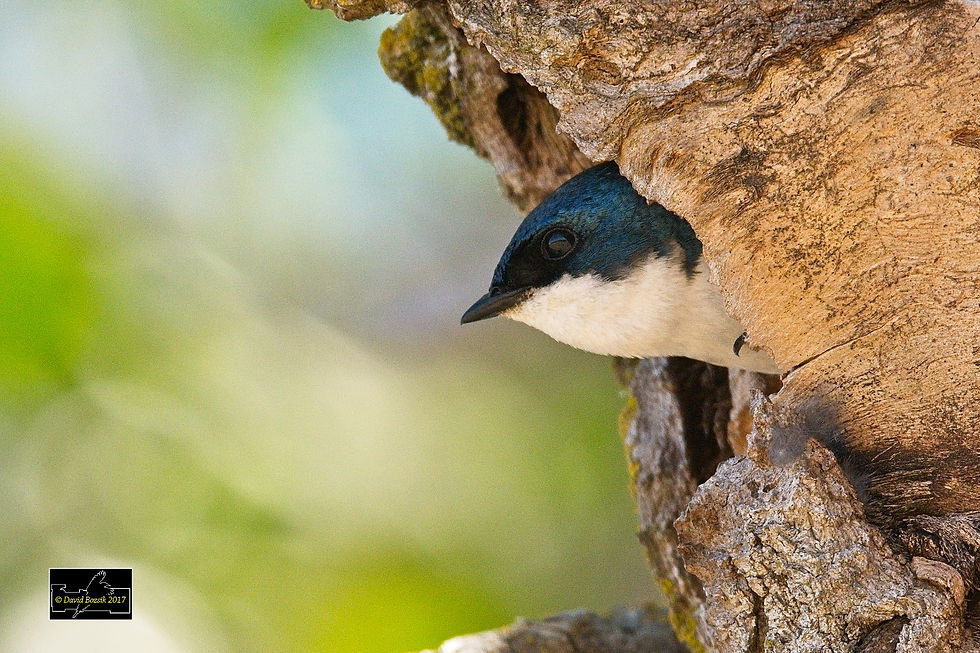
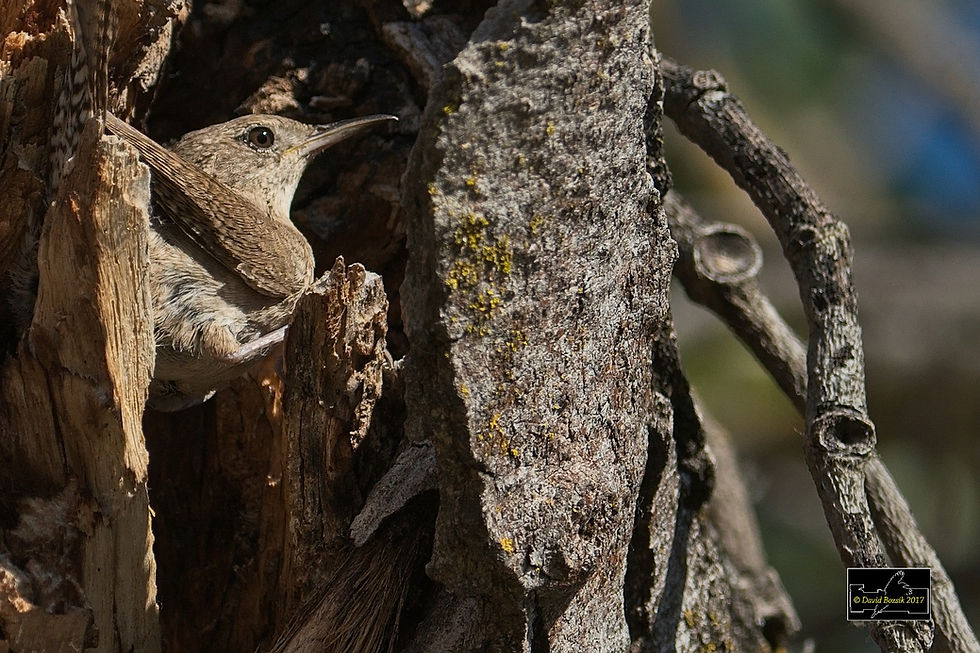

In a nutshell, I achieved my goal of capturing unique images of wrens, and also benefitted by having a multitude of other species coming by on their daily activities. The list included: House Finch, American Kestrel, Scrub Jay, Black Phoebe, Acorn Woodpecker, Spotted Towhee, Brown Towhee, Ash-throated Flycatcher, Mourning Dove, Northern Mockingbird, and a small warbler that I didn't get to ID. All within a few hours of shooting time. So if you find yourself in desperate need of chasing wildlife with a long lens, be my guest. I, and others like me, will be quietly watching and filming, while adding additional images to our catalogs.
Hope to someday meet some of you in the field. Until then, sit down, relax, and happy shooting.






























Comments